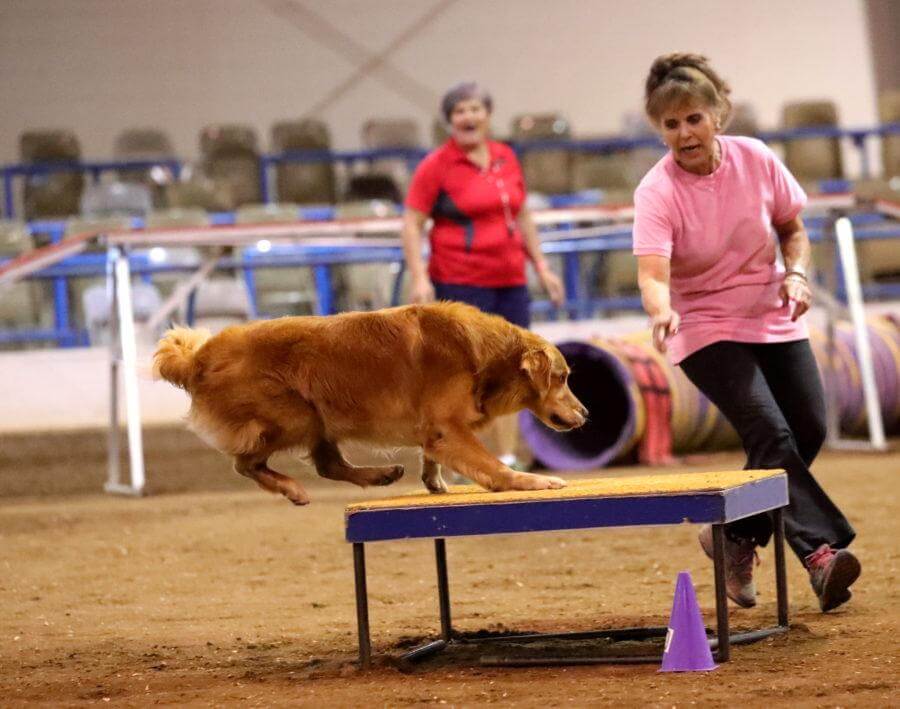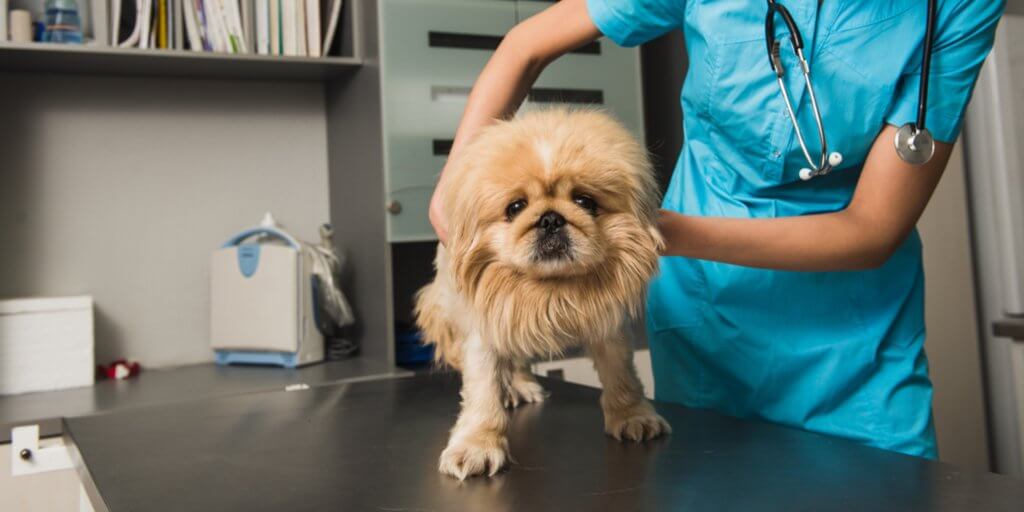A Look at Pet First Aid and CPR: Steve Ross on Responding to Your Pet in a Crisis. 1TDC™ had a chance to chat with Steve Ross from First Aid & CPR, LLC—a New Jersey-based company that offers both human courses (CPR, use of defibrillators, treating choking victims, and First Aid courses) and pet courses (Pet CPR and Pet First Aid).
Over the years, Steve and his team have learned that going to a center to learn these skills can be intimidating. That’s why they go to their clients instead, teaching them life-saving skills in their own homes or businesses.
Since many pet owners don’t know how to handle certain pet-related emergencies, Steve provided 1TDC™ with some tips and general safety knowledge regarding Pet First Aid, CPR, and emergency evacuation.
Question: How long have you been teaching CPR?
Steve’s answer: I’ve been teaching CPR and First Aid for people for 38 years and Pet First Aid & Pet CPR for 15 years.
Question: What got you thinking about assisting pets in emergency situations?
Steve’s answer: Back in the early 1980s, I was working in EMS (emergency medical services) in New York. On an emergency call, we dealt with a dog who had swallowed a handball, and no one had training in knowing what to do. This experience stayed with me for years, as there was no training for this at the time. Then in 2003, there was a course being offered to help with first response for animals. I took the class and became certified, and a year later I became an instructor. I’ve since been working to enable more pet owners to help their pets in emergency situations until a medical veterinary professional can provide proper care and treatment.
Question: Part of what you do is help write evacuation plans, including the evacuation of animals. Can you tell us a little bit more about what that means?
Steve’s answer: I am the evacuation coordinator for my town’s OEM (Office of Emergency Management). I also have training through FEMA. This skill provides a process of evacuation and re-entry used for people and their pets.
Question: At what point might someone need to evacuate their pets or farm animals?
Steve’s answer: For example, you have a hurricane coming, or any type of disaster, and you have to leave your home. A shelter may or may not be pet friendly. Basically, anytime you need to leave your home. So, we created a checklist of what steps needs to be taken, including examples of where you can go with your pet for shelter. It’s best to be in the know ahead of time to respond more effectively to a crisis.
Question: What percentage of people do you think make emergency plans for their pets? What percentage do you think have training in Pet CPR or First Aid?
Steve’s answer: I would say only about 10%, if that.
Question: What keeps people from making emergency plans for their pets? What keeps them from getting training in Pet CPR or First Aid?
Steve’s answer: They don’t think about it. Most people don’t even know there’s training available. At First Aid & CPR, LLC, we offer that training and information.
Question: What is the most common injury that would require Pet First Aid?
Steve’s answer: The most common injuries are wounds. They run into an object or get bit by another animal. Question: How can this injury be treated? Can it be prevented?
Steve’s answer: For treatment, learn how to apply dressings and bandages. Find out the proper usage of available products and supplies that can be used to treat an injury. If your dog or cat has been impaled on an object, determine what to do for that. As for prevention, always think of your pet as a two-year-old. No matter what you do, they will not always listen to you. Be prepared and anticipate.
Question: Why is it important to know pet First Aid and CPR?
Steve’s answer: Why is it important to know it for people? The same goes for animals. Whatever your situation may be, a past experience you want to avoid (e.g., pet got hurt, has seizures), you want to know what to do. Learning what to do in an emergency will prepare you for what might occur. We offer this training so if an emergency occurs, you will know how to respond to the emergency until you can get your family member to the vet.
Question: Why is it important to be able to care for your pet quickly?
Steve’s answer: The sooner First Aid or emergency care is given, the greater the chances of survival. If you have a major bleed, the animal can quickly pass away. First Aid can save a pet’s life.
Question: What signs should you watch for to know if Pet First Aid is needed?
Steve’s answer: If he/she is not moving or not breathing.
Question: How do you give Pet CPR to a dog or cat?
Steve’s answer: It depends on the animal. We treat an animal based on weight—over 30 pounds or under. For a cat or other animal that’s 30 pounds or less, we kneel in front of the animal. If the animal is over 30 pounds, we kneel behind them. The pet patient should be laid on their right side; we push down on their chest with a specific technique (see video below).
Question: What are some tips pet owners can keep in mind to help prevent the need for Pet CPR or First Aid?
Steve’s answer: Small sticks and bones are no good; they can cause the animal to choke. Medications need to be kept out of reach. With certain foods, pets can choke or be poisoned. We provide a handout on these details during our trainings.
Question: You are going to be at the 82nd Annual Garden State Cat Show & Expo. Is this your first year at the expo? What do you plan to talk about and teach while you are there?
Steve’s answer: This will be our fourth year. We will be demonstrating how to perform Pet CPR, answering questions about Pet First Aid, and providing handouts.
Question: What’s the one thing every pet owner could start doing today that would better prepare them and their pet in an emergency situation?
Steve’s answer: Learn Pet First Aid and CPR. You’d learn it for yourself and your family members, so why not learn it for your pet? There is no 911 ambulance for pet emergencies. As an off-site training company, we come to you with the training. With as little as 5 people in attendance, we will train you in Pet First Aid & Pet CPR. To find out more about our classes, visit us at the 82nd Annual Garden State Cat Show & Expo or our website at www.PetResponder.com. You can also call us at 888-242-4259.
Keep an eye out for additional information about the 82nd Annual Garden State Cat Show & Expo, where Steve, 1TDC™, and many others will be in attendance!










